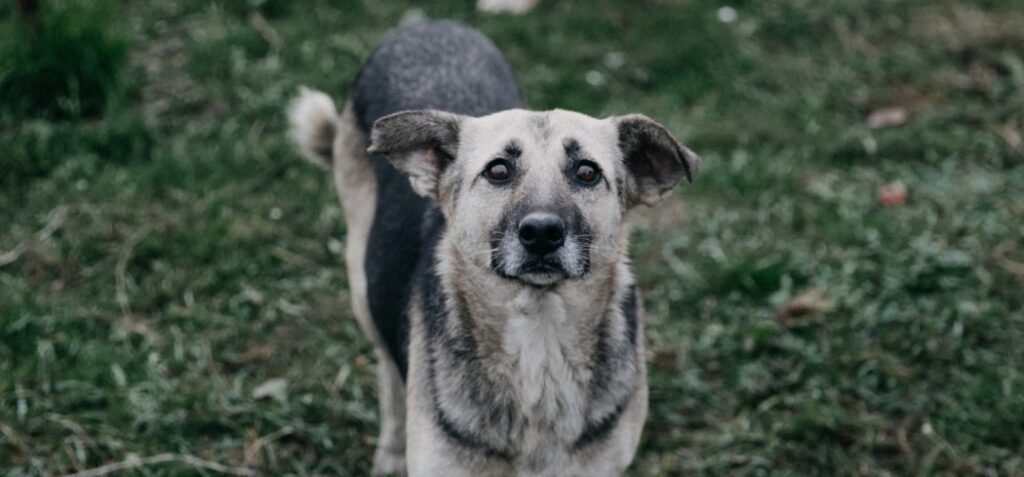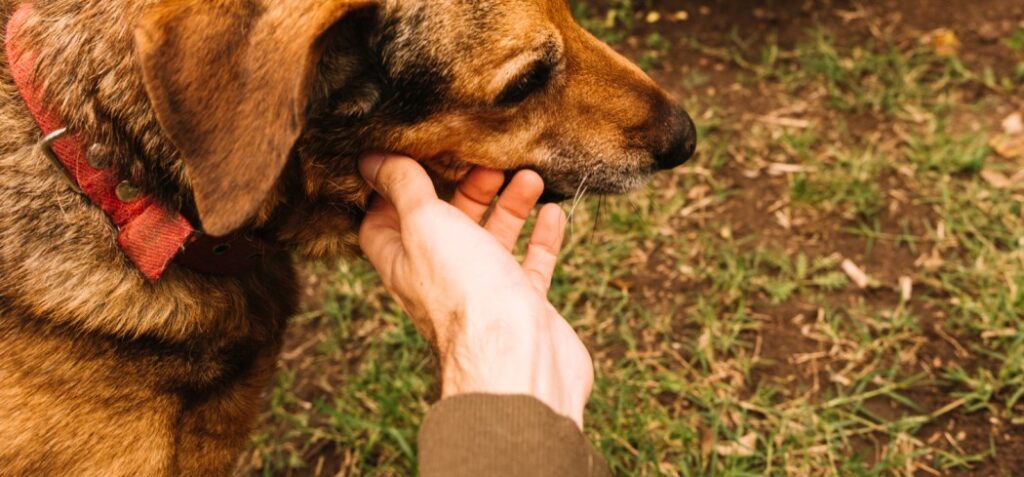Recent Updates on 14 August Supreme Court Law on Dogs in Delhi
On 14 August 2025, the Supreme Court of India issued significant directions concerning the protection of dogs in Delhi. This landmark ruling has reshaped how both citizens and authorities approach the issue of street dog welfare — shifting the perspective toward compassion, responsibility, and lawful coexistence. While our primary work revolves around digital growth, visibility, and branding, we also believe in highlighting meaningful issues that impact society. As a premier Digital Marketing agency in India, we find it essential to address not only developments in marketing but also important social and legal matters within the community.
Understanding the Background: Why Was the Case Filed?
Delhi has one of the largest populations of stray dogs in India, with thousands roaming the streets. On one side, there are residents worried about dog bites, diseases, and safety of children and elderly. On the other, activists and animal lovers demand compassion, shelters, and the right to life for these animals.
Conflicts grew sharper in 2024 and early 2025, with rising reports of dog bite incidents in Delhi NCR. Societies began passing bylaws against feeding stray dogs, while activists fought legal battles to protect the voiceless creatures.
Finally, the matter escalated to the Supreme Court, which took a balanced approach in its 14 August 2025 judgment.
Key Highlights of the 14 August Supreme Court Ruling
From a Digital Marketing agency India perspective, communication and clarity matter. So, let’s simplify the Supreme Court ruling into key points:
Recognition of Animal Rights
The Court reiterated that street dog protection in Delhi have the right to live without cruelty. Street animals are part of the ecosystem, and killing or harming them is against the law.
Regulated Feeding Zones
The order emphasizes designated feeding areas for stray dogs. This helps ensure hygiene, reduce conflict in residential areas, and provide dogs with consistent food access.
Sterilization and Vaccination
Municipal bodies are tasked with strengthening sterilization and vaccination drives to manage the stray dog population scientifically. This is one of the most effective long-term strategies for street dog protection in Delhi.
Shared Responsibility
Citizens, RWAs (Resident Welfare Associations), and local bodies are encouraged to take equal responsibility. Feeding, monitoring, and reporting injured animals should be community-driven.
Legal Protection
The judgment also directs that anyone harming or illegally displacing dogs will face legal consequences. This ensures robust dog protection in Delhi.

Why the Verdict Matters
The dog protection in Delhi case is more than a legal order—it is a reflection of India’s evolving approach to animal rights. It bridges the gap between urban challenges and compassion.
- For citizens: It ensures safety with organized feeding and vaccination.
- For activists: It recognizes their efforts in street dog protection in Delhi.
- For authorities: It sets accountability in sterilization drives and shelter maintenance.
Most importantly, it fosters co-existence, a principle deeply rooted in Indian culture.
Street Dog protection in Delhi – The Real Situation
To understand why this ruling matters, one must recognize the ground reality of street dog protection in Delhi. With an estimated population in the lakhs, Delhi’s streets are home to countless dogs who face hunger, abuse, and accidents daily. While some residents care for them, others see them as a nuisance.
This conflict often creates clashes between residents and animal feeders, leading to police complaints, court cases, and community disputes. The recent Supreme Court law acts as a guideline to minimize disputes and create a structured plan for street dog protection in Delhi.
Street Dog Protection in Delhi: The Humanitarian Angle
The Court recognized that street dog protection in Delhi are not just animals but sentient beings with the right to live. They often face abuse, starvation, and accidents. With this ruling, street dog protection in Delhi has become a legal duty as well as a moral one.
Shelters, adoption drives, and feeding programs are expected to grow after this judgment. It also motivates NGOs and compassionate citizens to step forward.
Why the Court’s Decision Is a Landmark
From the perspective of a Digital Marketing agency India, the 14 August ruling is a landmark because it demonstrates how structured planning, communication, and lawful strategies can solve long-standing issues.
Much like digital strategies bring order to chaotic online branding, the Court’s directions bring clarity and structure to the chaotic situation of street dog protection in Delhi.
It prioritizes:
- Humane treatment of animals
- Human safety
- Legal accountability
- Community participation
Challenges in Implementing the Ruling
While the judgment is progressive, implementation comes with hurdles:
Overpopulation of Stray Dogs
Delhi alone has an estimated 7-8 lakh stray dogs. Controlling this population through sterilization will take years.
- Lack of Infrastructure
- Animal shelters are few, overcrowded, and underfunded.
Public Fear and Resistance
Many residents oppose designated feeding areas near their homes.
- Coordination Gap
- RWAs, municipal bodies, and NGOs often clash instead of working together.
- Addressing these issues will require not just laws but strong execution strategies.

The Role of NGOs and Citizens
NGOs and citizen volunteers have always been at the forefront of street dog protection in Delhi. Their tireless efforts include rescue operations, vaccination camps, and feeding drives.
The Court’s ruling empowers them by giving legal backing to their work. At the same time, it encourages citizens to act responsibly. Feeding should be done in designated zones, complaints should follow lawful channels, and injured dogs should be reported rather than ignored.
Comparing India with Global Approaches
Globally, countries handle stray dog populations differently:
- Europe: Many nations have strict sterilization and shelter policies, resulting in very few stray dogs.
- USA: Adoption campaigns and animal shelters dominate the system.
- India: Relies heavily on community feeding and limited sterilization.
The Supreme Court’s ruling moves India a step closer to structured systems like in the West, while respecting local traditions of compassion.
Future of Street Dog Protection in Delhi
With the Supreme Court’s ruling in place, the future of street dog protection in Delhi looks more promising. Clear guidelines, legal enforcement, and digital awareness campaigns can collectively build a safer, kinder, and more lawful society.
Citizens can expect:
- Fewer conflicts with feeders
- Improved public hygiene through designated zones
- Safer neighborhoods with vaccinated dogs
- Humane treatment becoming the norm

Conclusion
The 14 August Supreme Court law on dogs in Delhi is a landmark decision. It respects animal rights, ensures public safety, and emphasizes collective responsibility.
As a content writer at Webronix, a leading Digital Marketing agency India, I see this ruling as more than just law—it is a call for awareness, responsibility, and compassion. The future of dog protection in Delhi now depends not only on government action but also on every citizen’s mindset.
With structured sterilization, designated feeding zones, and street dog protection in Delhi being a legal duty, we are moving toward a more balanced society where humans and animals can co-exist peacefully.
Delhi’s journey will not be easy, but with law, compassion, and awareness working together, the city can set a national and global example.
